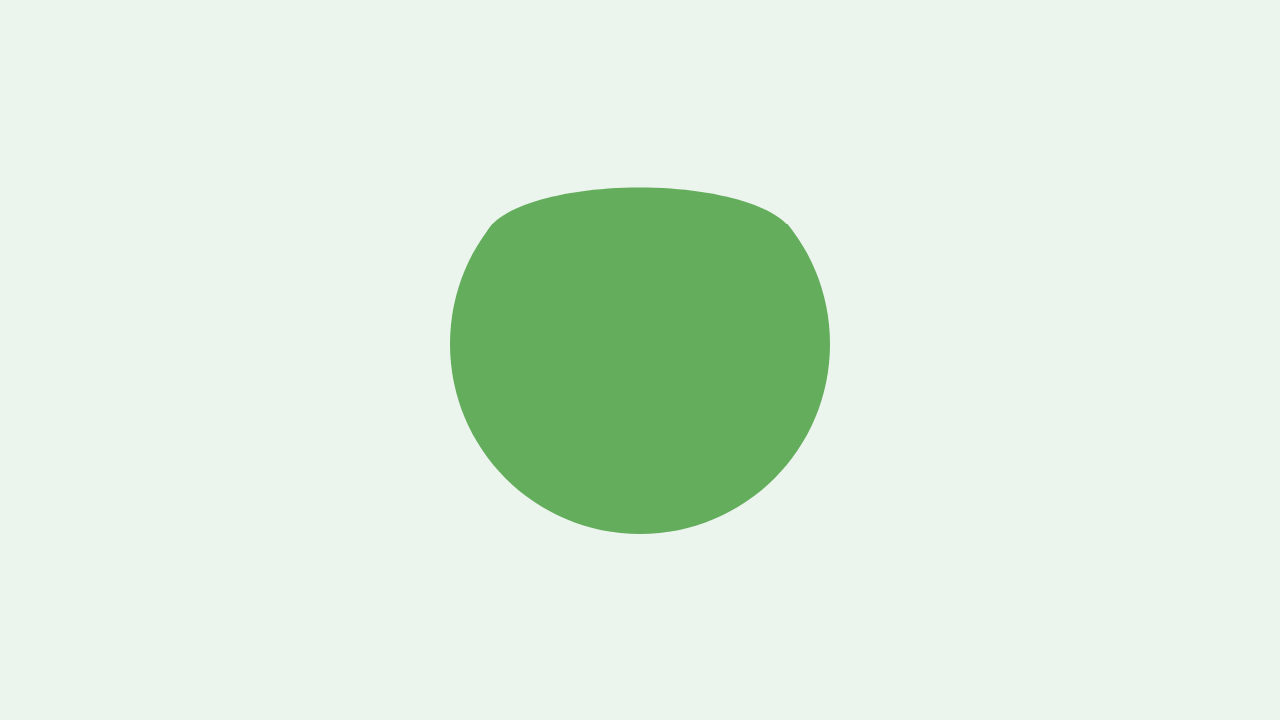Picking an aquarium to use as your new shrimp tank is quite an important decision.
You’ll find there are lots of options for sizes, shapes, built-in filters, lights, etc. All these different choices can make it hard to decide which aquarium would work best for you.
Beginner advice
If you’re new to shrimp keeping, I’d highly recommend you follow these suggestions:
- Go for the biggest aquarium you can fit/afford
- Choose a long tank (rectangular)
- Avoid aquariums with a built-in filter
- Don’t worry too much about needing a lid
All of these points are just general suggestions and will be explained in more detail later, but they’re a good starting point to begin shopping around.
You might decide that you actually want a nano tank with a lid, and that’s absolutely fine. You should try and stick to a minimum tank size of 1 gallon, as anything smaller will be very sensitive to parameter swings and not give the shrimp much room to live.
How many shrimp per gallon?
Before you decide what size tank you want, you should think about how many shrimp you’d like to live in it.
A basic guideline you’ll find mentioned quite often is to aim for keeping between 10 and 15 shrimp per gallon. For example, a 10 gallon tank could comfortably hold over 100 cherry shrimp.
This advice varies slightly depending on the tank size, though.
Nano tanks, such as one gallon cubes, would probably be best near the lower range of 10 per gallon.
Huge tanks could even exceed the higher 15 per gallon suggestion, provided there’s plenty of plants or filtration.
Bigger is better
There are a few reasons why new shrimp keepers are recommended to choose the largest aquarium they can.
Firstly, the larger volume of water helps to keep the water parameters more stable over time. The water temperature is the most obvious example: it takes a lot longer to heat up 20 gallons of water in the summer than it would to heat just 5 gallons.
Overfeeding can also be a bit of an issue for beginners. It’s important to feed your shrimp correctly, otherwise leftover food can break down and rot in the water. This can then lead to a spike in ammonia, which is toxic for your shrimp.
Being able to dilute that same amount of ammonia in a much larger volume of water makes it much less dangerous.
The same logic applies for dosing fertilizers and other water treatments. It’s much easier to accidentally overdose a fertilizer in a nano tank than in a big 20 gallon, for example.
Generally, smaller tanks will require more frequent water changes than larger shrimp tanks.
Shape
Once you’ve decided on a size, you can then think about the shape. The most popular shape will be a long tank, a rectangular box. Cubes and bowls are also used for nano shrimp tanks, but it’s rare to find them in large sizes.
A long aquarium is a solid choice for a first shrimp tank if you can fit it in.
You don’t need to limit yourself to just the standard aquarium shapes for keeping shrimp though. Their ability to thrive in small volumes of water means you can get creative, like setting up a jarrarium for example.
Long

The most common aquarium shape is rectangular, and is known as a long tank.
In contrast to a bowl, the straight walls can be easily cleaned of algae with a simple scraper tool or magnetic scrubber. This also means you’ve got lots of choice for filters, e.g. you could use a Hang on Back filter.
The extra length of a long tank gives more area for biofilm and other natural foods to grow. This is multiplied even more if you make good use of the tank with hardscape materials like driftwood.
The extra room and hardscape will also provide lots of hiding spots for freshly molted shrimp, especially the females. When an adult female molts, she releases a pheromone that entices all the males, telling them she’s ready for breeding. With plenty of places to hide, it’ll make the breeding process less stressful for them.
Another benefit of the long tank is that it has the largest water surface area. This allows plenty of oxygen to get into the tank, and carbon dioxide out.
You’ve also got lots of room for floating plants in these types of tank. Adding plants will help you to keep the ammonia and nitrates low. Floating plants specifically are great for this, as they grow very quickly with access to the carbon dioxide in the air.
Cube

A cube tank can be a great choice for small shelves or worktop spaces. Sometimes limiting yourself to a smaller tank when aquascaping can give it more impact, it forces you to think more.
Similar to a long tank, cube walls are easily to clean with a scraper too. You’ll have the same range of filter types available, but will just have less room in the tank to work with.
Bowl

Bowls are probably one of the least commonly used tank shapes.
It can be quite difficult to keep the glass clean, compared to a cube or a long, anyway. The standard algae scrapers don’t work as well on the rounded walls. You can use snails to keep the glass clean and give your setup a more natural balance.
Another issue with the rounded walls is that you won’t be able to use a Hang on Back filter. You’ll be limited to sponge filters, or you could even go filterless with a Walstad tank.
It’s a similar story for heaters if you decide to use one, it’s a challenge to get it stuck to the walls.
However, bowls are a great choice for an Opae Ula tank, for example. These shrimp don’t need to have a filter running and will give you more room for hardscape materials.
